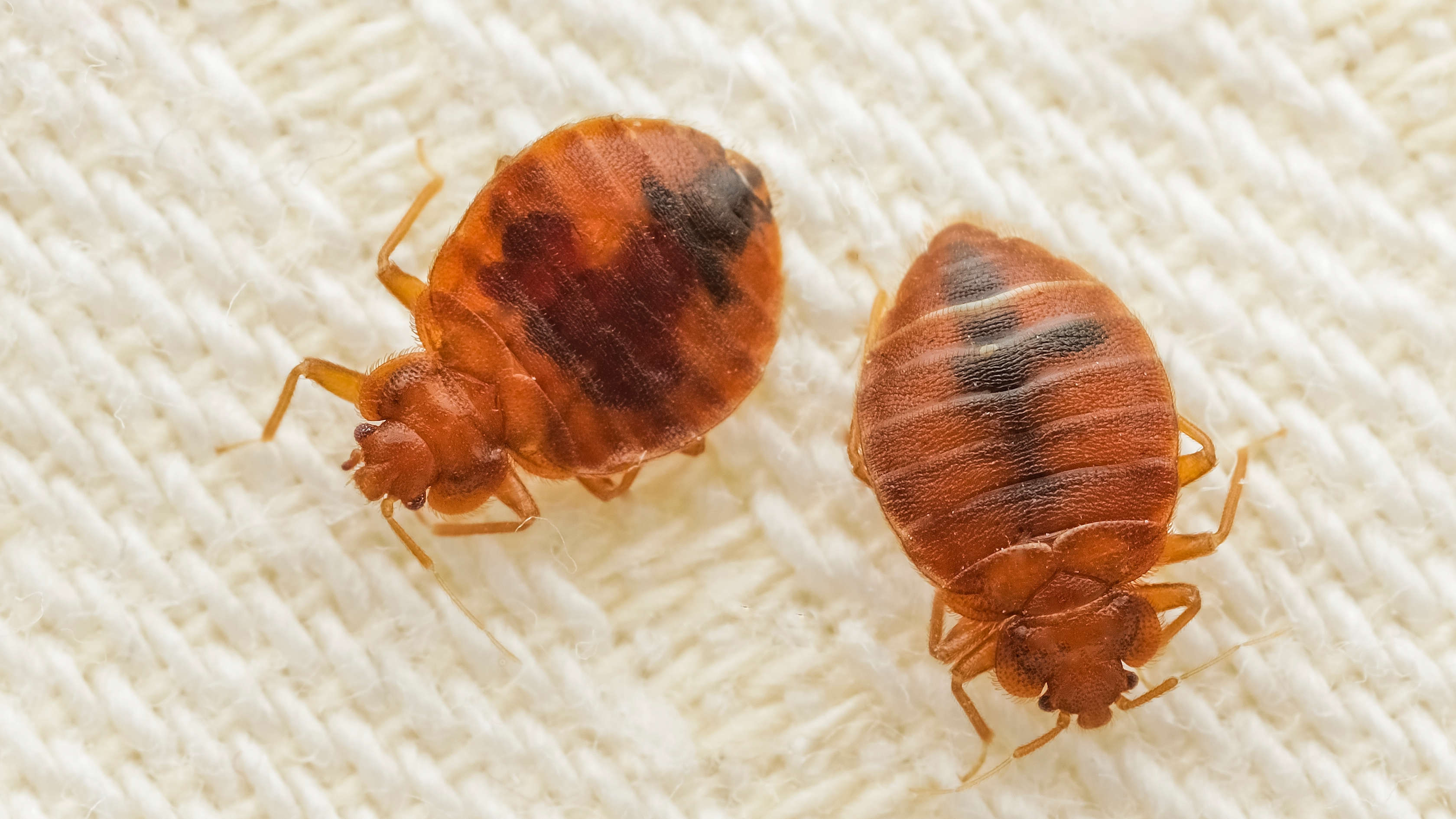
It’s easy to assume bed bugs hide in and around your bed and nowhere else. But, although that’s what the name suggests, if you hunt them out, you’ll discover these critters in many other nooks and crannies.
As you go seeking them out, you'll need to ensure they are in fact bed bugs and not some other kind of pest. So, before we reveal exactly where bed bugs like to take refuge, we'll quickly look at how to spot them.
How to tell if you have bed bugs?
If you’ve been bitten by what you think is a bed bug, the The U.S. Environmental Protection Agency (EPA) suggests looking for some other indicators before treating an infestation, as you may have been bitten by another bug (or have a skin condition).
So, before hunting them out, look for these tell tale signs of bed bugs in your home:
- Rusty or reddish stains on bed sheets or mattresses caused by the bed bugs being crushed.
- Tiny dark spots are bed bug excrement and may bleed on the fabric like a marker pen.
- Eggs and eggshells are about 1 mm, while nymphs shed pale yellow skins as they grow.
- Live bed bugs.
The EPA has a useful guide here on identifying bed bugs over other pests.
Where do bed bugs like to hide?
Bed bugs are most active between midnight and 5am, according to the Department of Entomology at Virginia Tech. During this time, they will feed on their host for 5 to 10 minutes before returning to a crack or crevice, typically where other bed bugs are congregating, to remain undisturbed.
Although we mainly assume bed bugs remain close to the host, this is not necessarily the case, especially when there is a large infestation and hiding spaces are cramped.
In fact, although they can’t fly, they are great crawlers and can travel 5-20 feet at speed.
1. Bed bugs in your bed
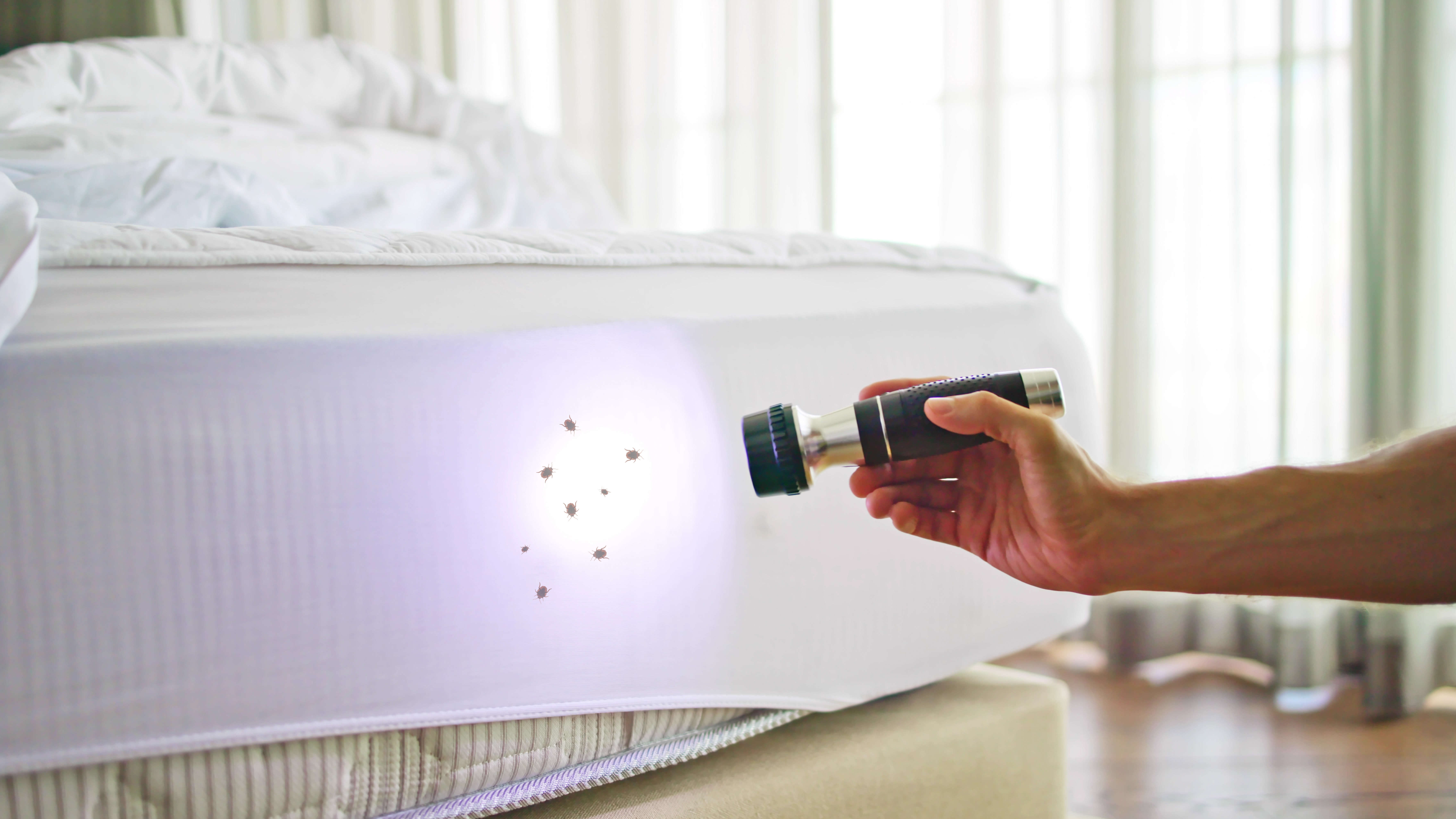
Bed bugs make their home near their food source, which, unfortunately for humans, is near where we sleep. You won’t find bed bugs within your mattress, as they can’t gnaw through the material, but they will hide in the piping seams and tags of the mattress and the box spring.
They’ll also seek refuge in cracks on the bed frame and the headboard, so keep your eyes peeled in these places as well.
2. Soft furnishings
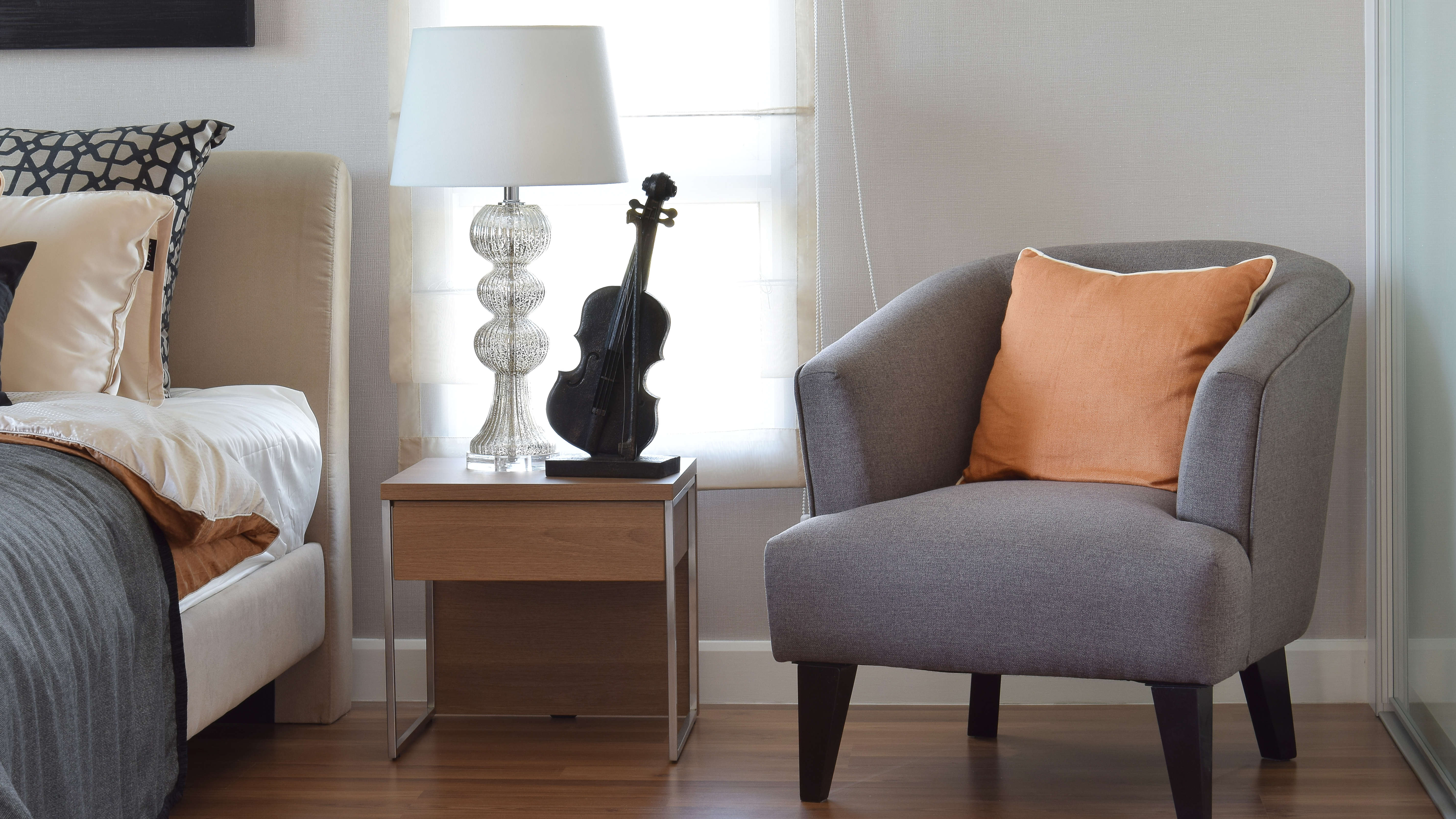
These pests are drawn to anywhere they can find food, so if you enjoy snuggling into an armchair or couch in your bedroom, you’ll probably find bed bugs nestled in there, too. But don’t limit the search solely to this room. Check any sofas in your living areas, as bed bugs aren’t restricted to any single room.
You’ll also find them on other soft furnishings, like cushions and curtains, where they particularly like to make a home in the folds of the fabric.
3. Check your drawers
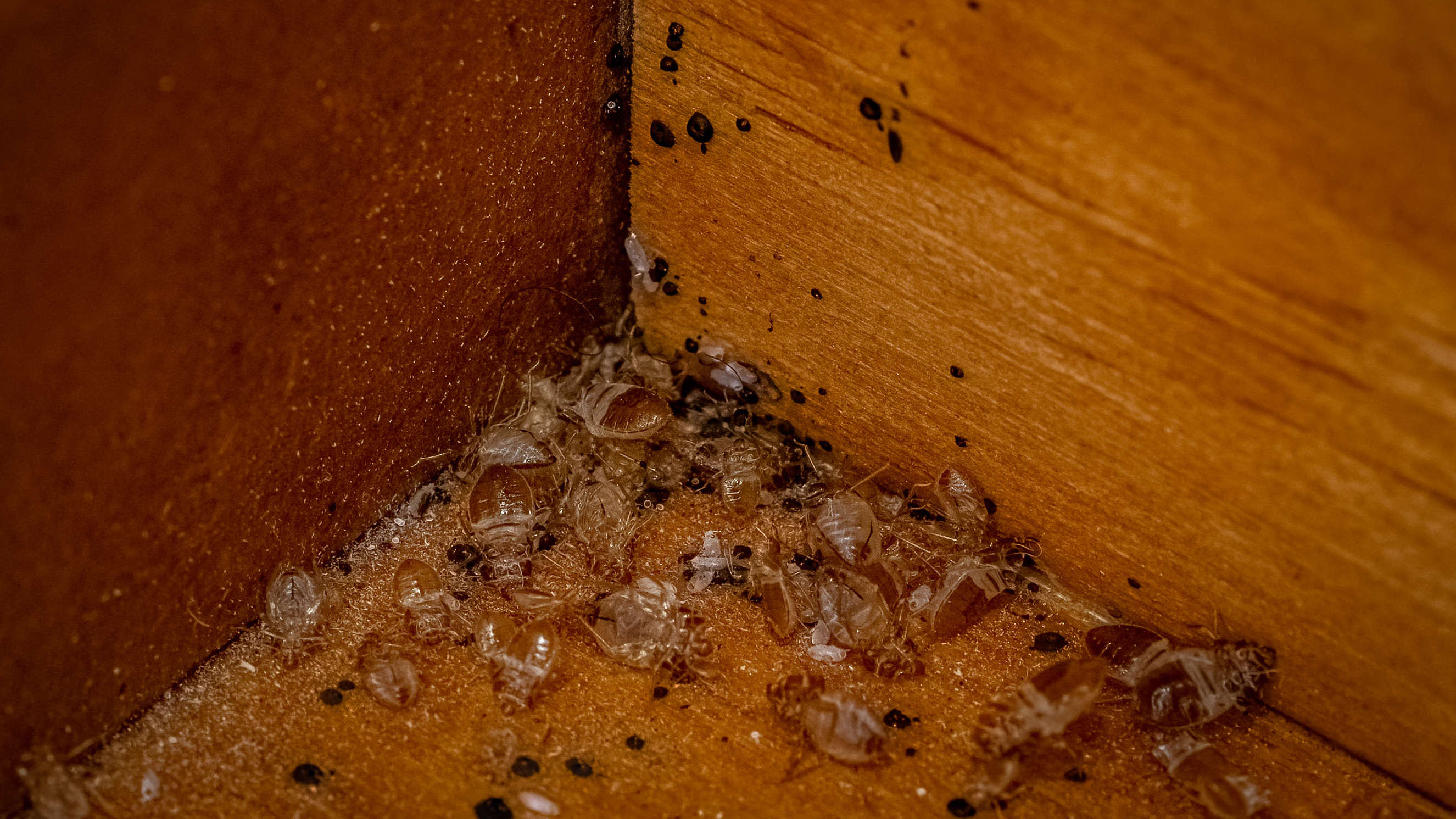
Do you have a bedside table by your bed? Bed bugs can take a short trip from your mattress and crawl inside your drawers, giving them a safe place to hide before their next meal. Bed bugs will seek out cracks and crevices and find refuge in joints in furniture. So, give you drawers a regular clean to beat the bugs.
4. Electrical sockets and appliances
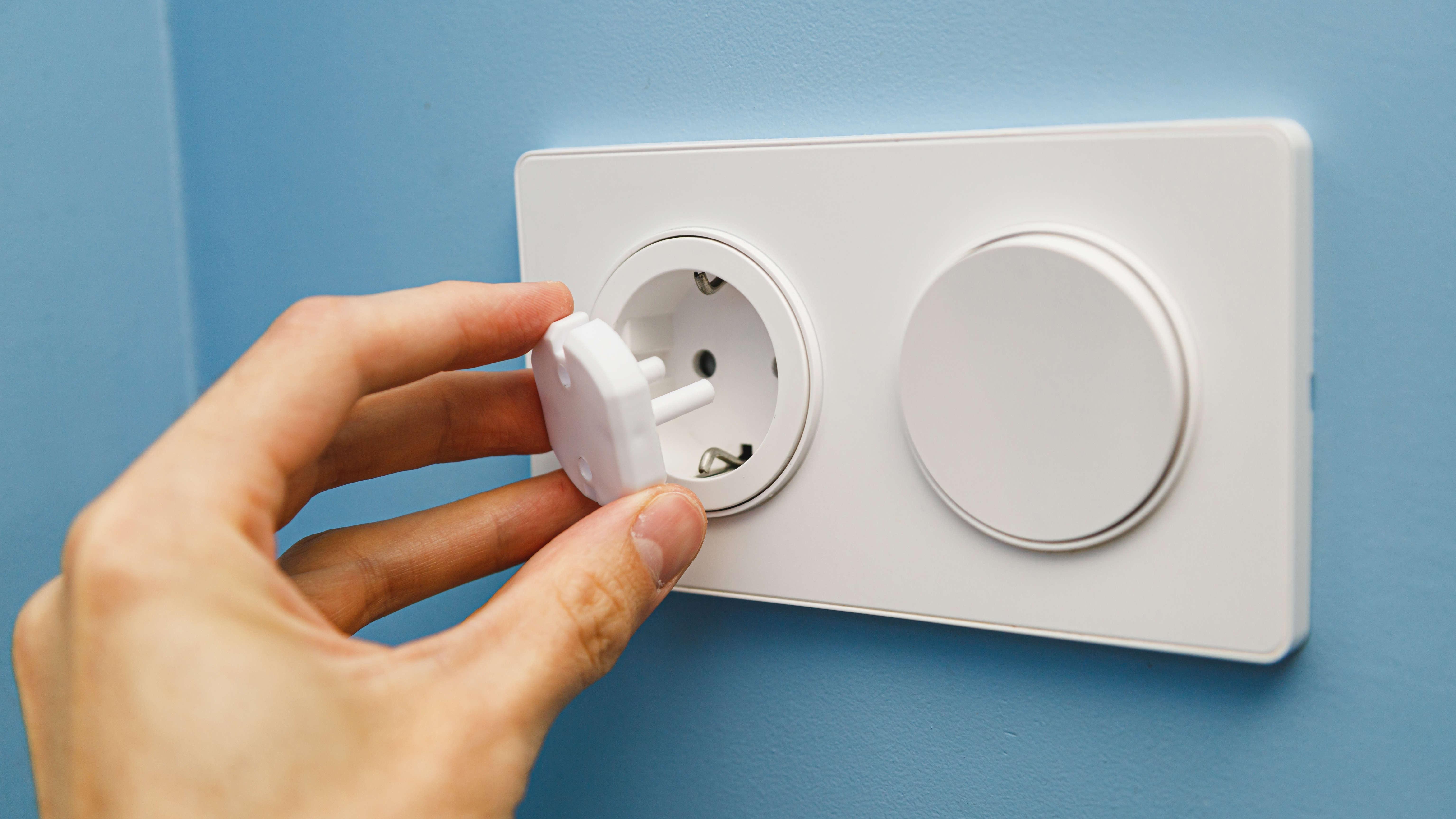
If you find black dots around your plug sockets, it’s a sure sign bed bugs are about. They will also crawl into the power outlets. The Family Handyman suggests covering the open sockets with socket protectors if not in use.
Bed bugs can also make their way into electrical appliances, so if you have a television or gaming console in your bedroom, it’s worth checking them out. However, be careful when handling electronics, and if you believe they’ve invaded an appliance, call in a professional.
5. Bedtime books

It’s a common practice to read before going to sleep, but bed bugs may be hiding out. Look for black spots on the fore-edge of a book, within the binding and protective cover.
Cross-contamination can also be an issue. If you regularly buy second-hand books, they may already be infested with bed bugs, and you risk bringing them into your home and creating an infestation.
6. Under loose wallpaper and wall hangings
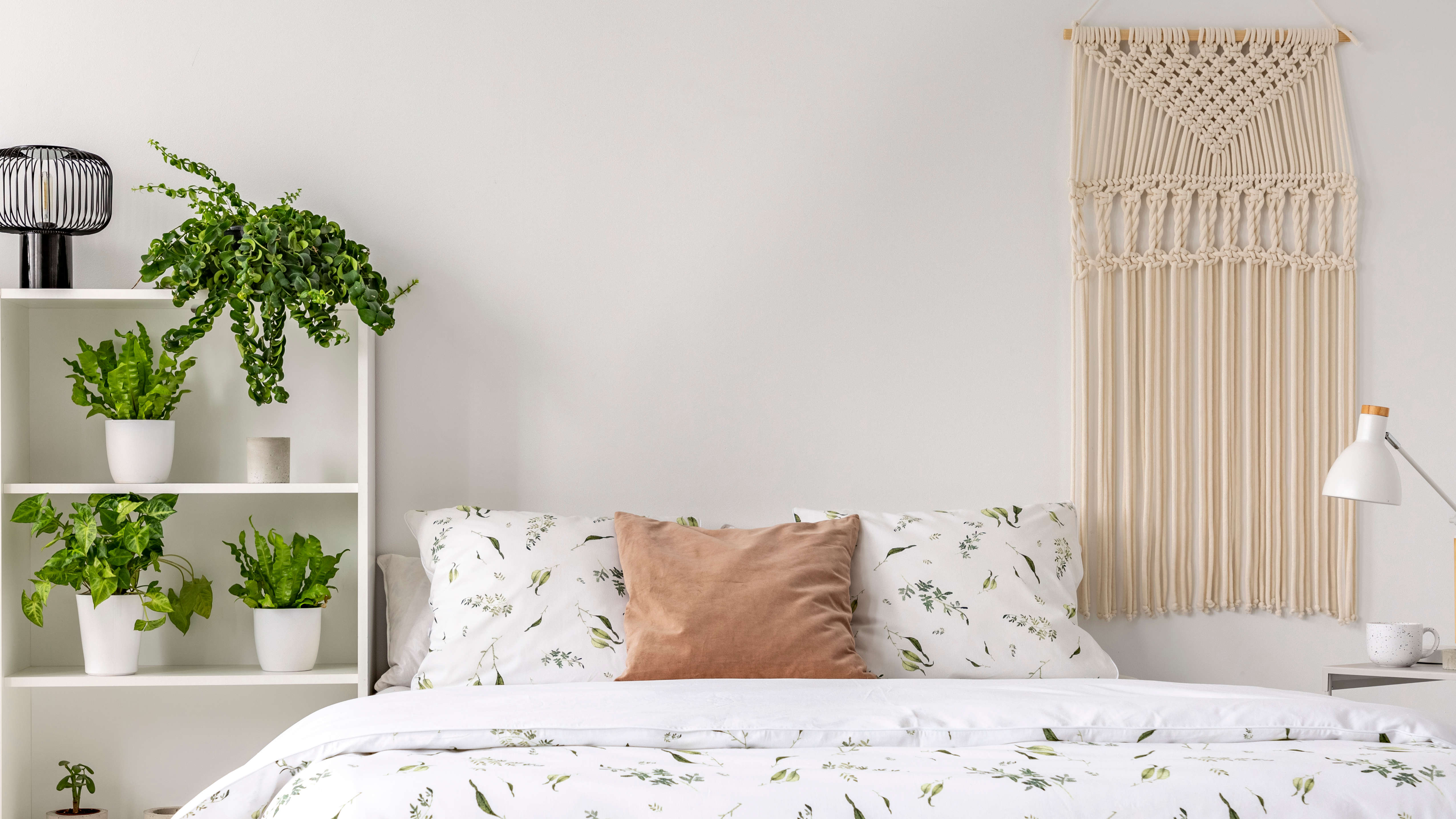
If you have wallpaper in your bedroom and some edges have come unstuck, check underneath, as loose and torn wallpaper makes a safe place for bed bugs to hide. Glue any loose paper in place to prevent them from setting up home.
Bed bugs will also find a home on fabric wall hangings, and don’t forget to check behind pictures and wall-hung clocks.
7. Cracks and crevices
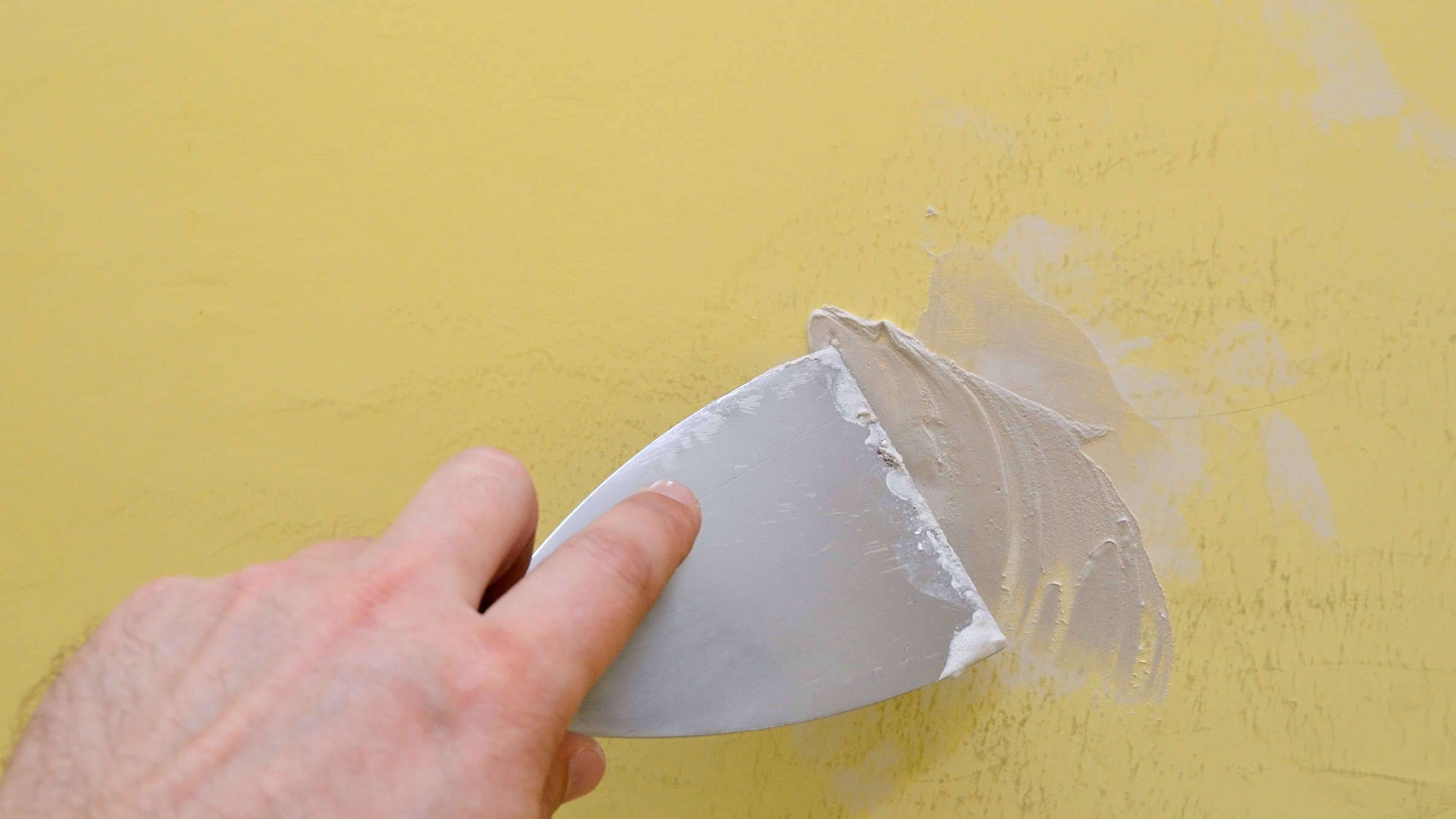
Bed bugs love living in cracks and crevices in walls, so if you’ve got any cracks in your plasterwork, or tiny holes where your walls and ceiling meet, get them fixed. Bed bugs give you a good reason to get on with those DIY tasks that you’ve been leaving. So, go and get out the filler!
8. Carpets
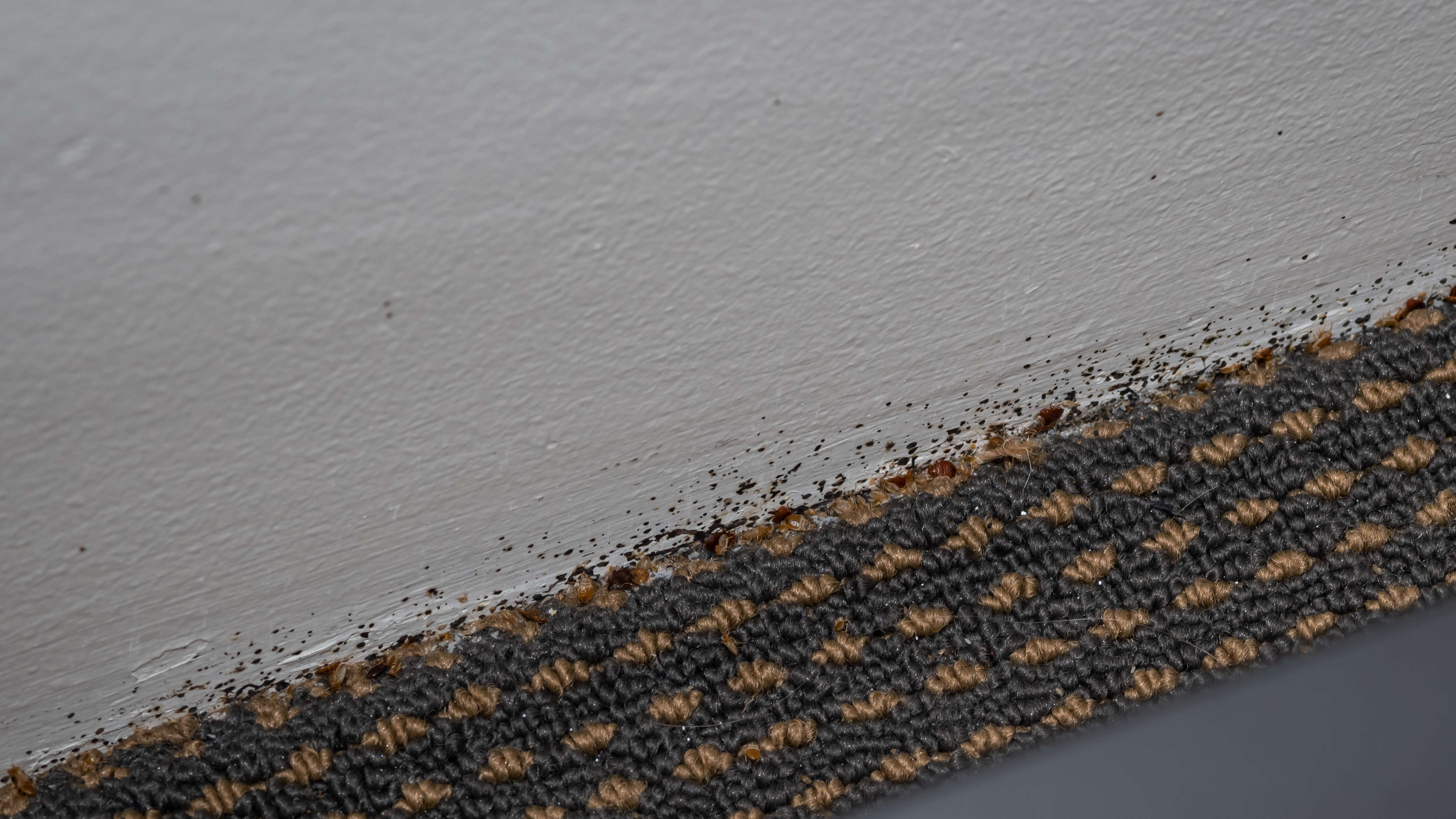
Many of us enjoy the comfort of a carpet over hardwood on the bedroom floor, but it can become a hive for bed bugs. Bed bugs favor a long piled carpet or a shaggy rug where they can tuck in between the fibers. You might also spot them in the crevice, where the carpet meets the baseboards.
If a hard floor isn’t your thing, opt for a dense, tightly-woven carpet, it will make it harder for bed bugs to seek refuge. Laying rugs that can be washed in hot water will also help if you have an infestation.
9. Clothing
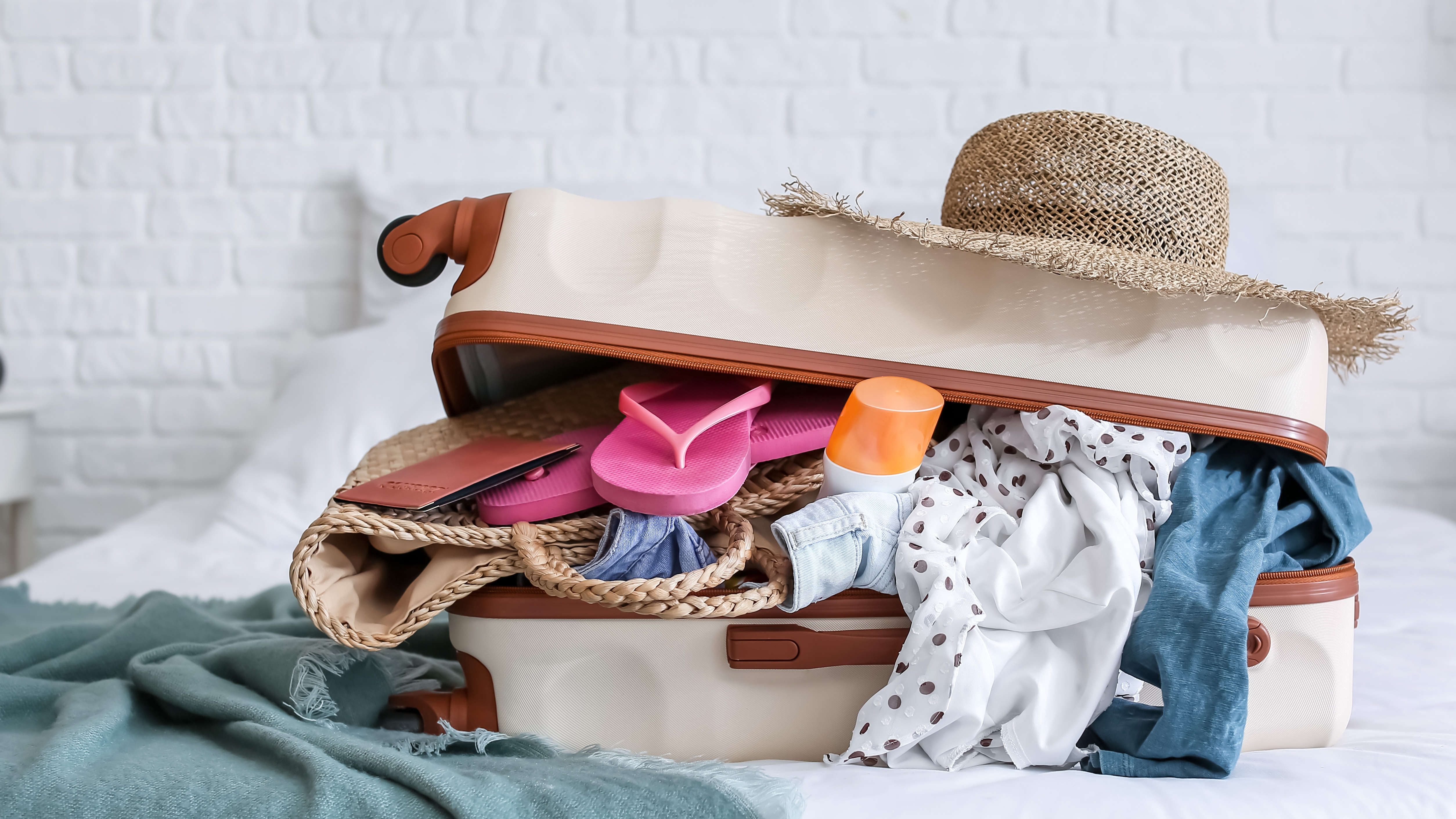
Places can be infested with bed bugs much quicker when they catch a free ride. That's often on people’s clothes and linens when they travel. Leaving an unpacked suitcase open in your bedroom is not a great idea if you want to avoid bed bugs, so it’s best to be organised and sort out your laundry as soon as you return home.
Bed bugs also gain from people’s bad habits of leaving dirty laundry on the floor. Research conducted into bug aggregation on dirty laundry at Sheffield University in the U.K., and reported by the National Institutes of Health, indicates bed bugs prefer soiled clothing compared to fresh, concluding that bed bugs are attracted to the smell of humans. That’s one clear reason for putting your dirty washing in an enclosed basket rather than on your bedroom floor.
While the Centers for Disease Control and Prevention doesn't see bed bugs as dangerous – they are more of a hindrance in causing itching and a loss of sleep – the main problem is how to get rid of bed bugs in your home. However, if you know where they like to hide, you are one step closer to banishing the bugs and returning to an undisturbed night's sleep.
More from Tom's Guide
- Check out these 5 ways bedbugs can invade your home
- Discover how to dispose of a mattress with bed bugs
- Plus, how to prevent bed bugs getting into your mattress







